Hello, Sunny here from YJCPolymer! Today, we’re diving into an essential topic for modern manufacturing—combining metal and plastic to create innovative products. This process offers endless possibilities for complex designs and multifunctional components, but it comes with its own set of challenges. Fortunately, with the right techniques and expertise, these challenges can be addressed effectively to deliver superior results. Let’s explore the advanced methods that make metal and plastic integration a game-changer for industries like automotive, aerospace, medical devices, and consumer electronics.
The Art of Metal and Plastic Integration
Combining metal and plastic materials is more than just a manufacturing process—it’s a strategic approach to achieving lightweight, durable, and high-performing components. Whether you’re designing intricate parts for medical devices or creating robust automotive components, techniques like insert molding, cold metal insertion (CMI), and ultrasonic welding provide innovative solutions.
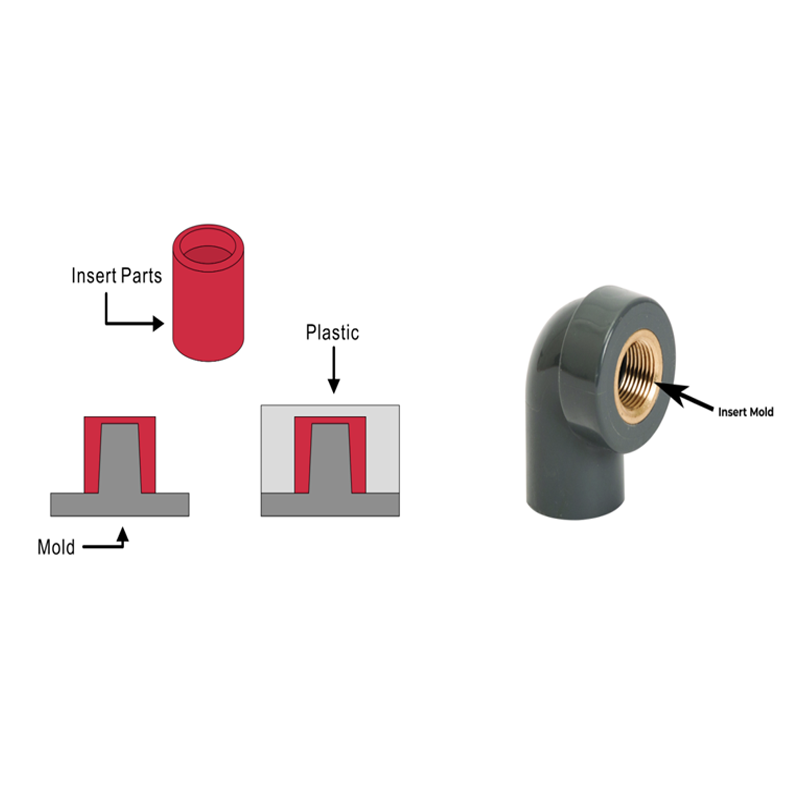
Insert Molding: Precision and Efficiency in One Process
Insert molding stands out as a top choice for integrating metal and plastic. This method is ideal for creating parts with complex geometries or those requiring seamless bonding between materials.
The Insert Molding Process
-
Design and Tooling:
The process begins with precision design using CAD software. From there, custom molds are crafted by skilled toolmakers, including primary and secondary insert molds and the gating system. These molds ensure accuracy and efficiency during production.
-
Insert Placement:
Metal inserts, such as screws or connectors, are carefully placed into the molds. This step requires precision to ensure proper alignment and positioning.
-
Molten Plastic Injection:
Molten plastic is injected into the mold, encapsulating the metal inserts. This forms a strong bond between the materials and ensures a uniform structure. The process minimizes waste, making it cost-effective and environmentally friendly.
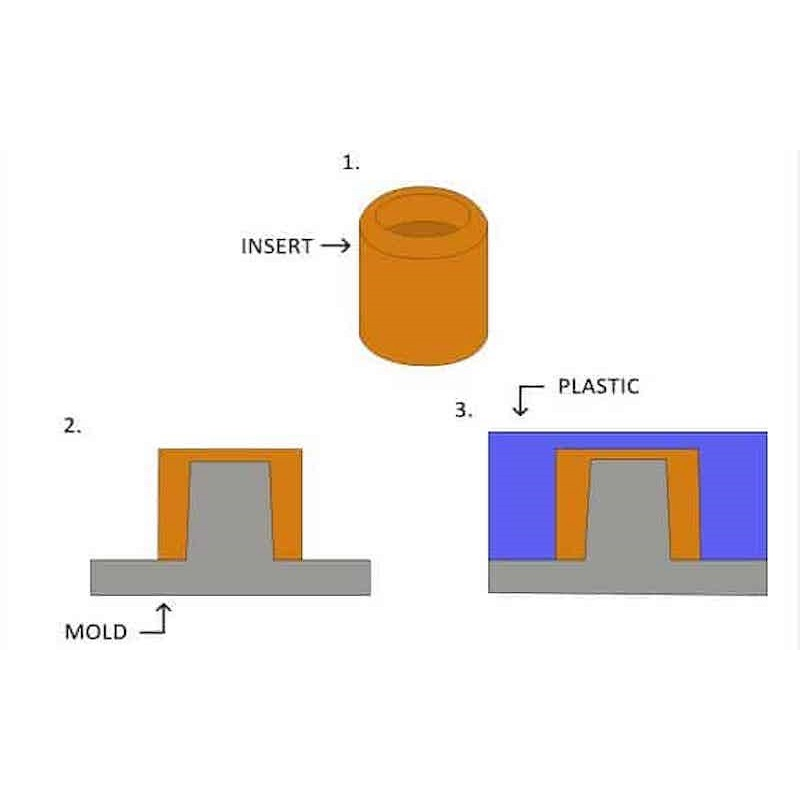
-
Cooling:
Once the cavities are filled, the molds are cooled to solidify the product. Cooling time varies based on the part’s thickness and material properties, ranging from 30 minutes to several hours.
-
Post-Processing and Finishing:
After cooling, the components undergo post-processing, including trimming, sanding, or decorative enhancements such as painting or engraving.
-
Quality Control and Assembly:
The final steps include stringent quality checks and assembly to ensure the finished product meets design and performance specifications.
Cold Metal Insertion (CMI): A Streamlined Alternative
The CMI process offers another efficient way to combine metal and plastic. This technique involves placing a cold metal insert into molten plastic during injection molding.
How It Works
- Metal inserts are positioned within the mold.
- Molten plastic flows around the inserts, creating a robust bond as it solidifies.
- Excess material is trimmed for a clean, finished product.
- The result is a durable, lightweight component with excellent strength and design flexibility.
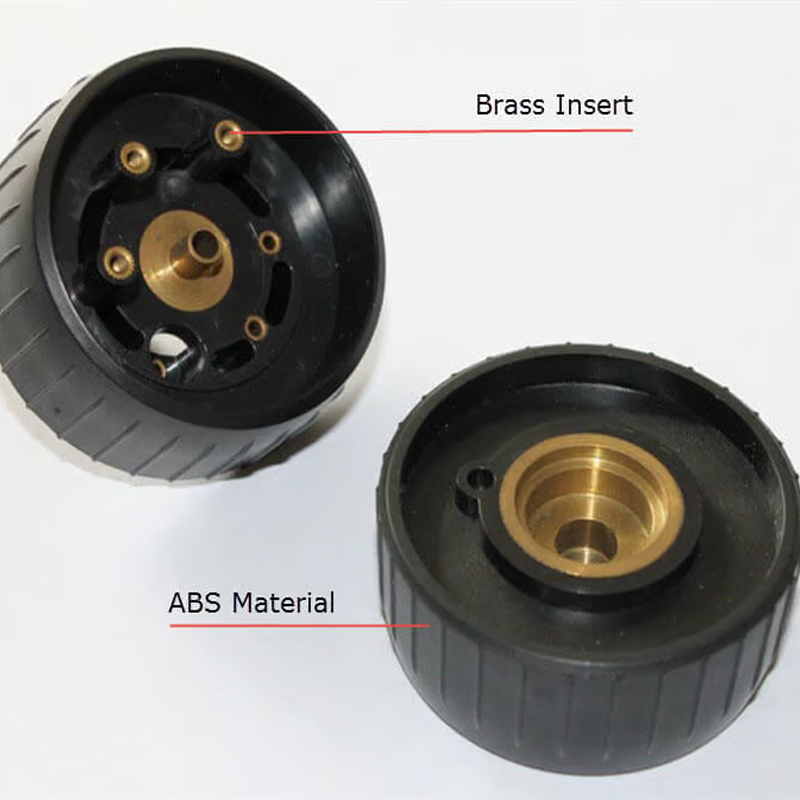
Applications
CMI is widely used in industries requiring intricate parts, such as electronics, automotive components, and aerospace. Its ability to quickly produce complex shapes makes it an economical and reliable option for high-volume production.
Ultrasonic Welding: A High-Tech Solution
For manufacturers needing to join materials without adhesives or fasteners, ultrasonic welding is an advanced and cost-effective method.
The Ultrasonic Welding Process
-
Preparation:
Materials are cleaned and clamped securely to ensure precise alignment.
-
Applying Energy:
Vibrational energy is applied using ultrasonic frequencies, creating friction and heat at the material interface. This fuses the components together.
-
Cooling:
The welded area is allowed to cool and solidify, ensuring a durable bond.
-
Quality Control:
Rigorous testing ensures the welds meet industry standards and customer requirements.
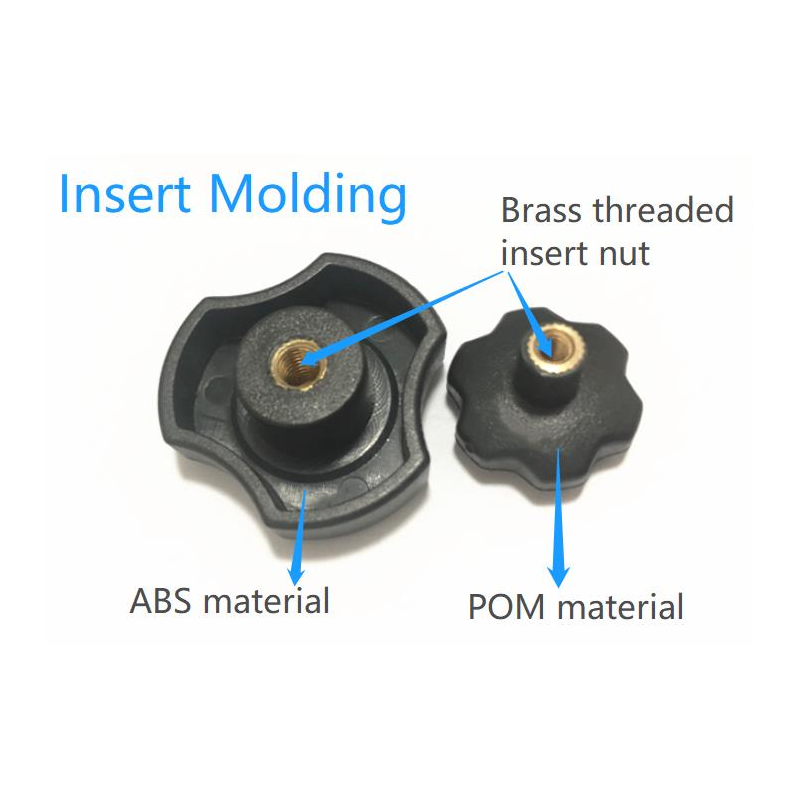
Benefits
Ultrasonic welding is especially useful for applications requiring dissimilar materials, such as medical devices or consumer electronics. Its speed and precision make it an ideal choice for mass production.
The Benefits of Insert Molding
Insert molding has become increasingly popular for good reasons:
- Efficiency: Combines metal and plastic in a single step, eliminating the need for secondary processes like riveting or machining.
- Cost-Effectiveness: Reduces production costs by minimizing waste and simplifying assembly.
- Enhanced Durability: Produces components with fewer fasteners, improving structural integrity and lifespan.
- Consistency and Accuracy: Automated processes reduce human error, ensuring uniformity in every part.
- Shorter Lead Times: Streamlined production results in faster project turnaround.
Choosing the Right Technique for Your Project
Each of these methods—insert molding, CMI, and ultrasonic welding—offers unique advantages. The choice depends on factors like:
– Design complexity
– Production volume
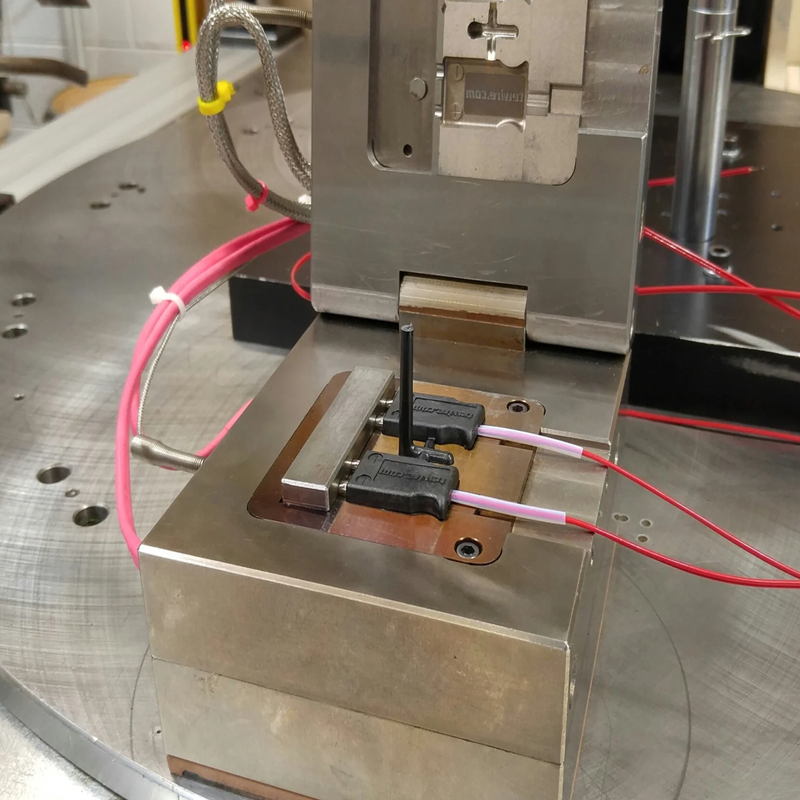
– Material compatibility
– Cost considerations
YJCPolymer specializes in helping clients choose the best solutions for their specific needs. Our team of experts works closely with you to ensure every component meets your performance and quality expectations.
Conclusion
Combining metal and plastic components is no longer a challenge with advanced techniques like insert molding, CMI, and ultrasonic welding. At YJCPolymer, we pride ourselves on delivering cutting-edge solutions for industries worldwide.
Whether you need precision engineering for high-volume production or innovative designs for complex components, we have the expertise and technology to bring your vision to life. Contact us today to learn how we can support your next project with unparalleled expertise and world-class service. Let’s create something extraordinary together!